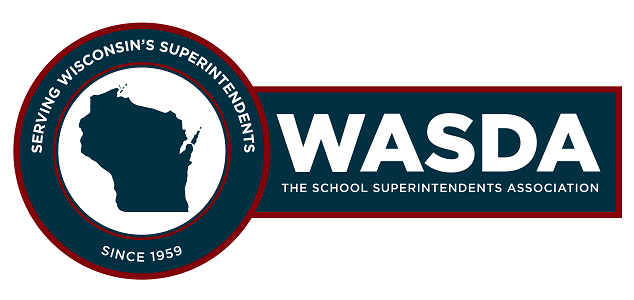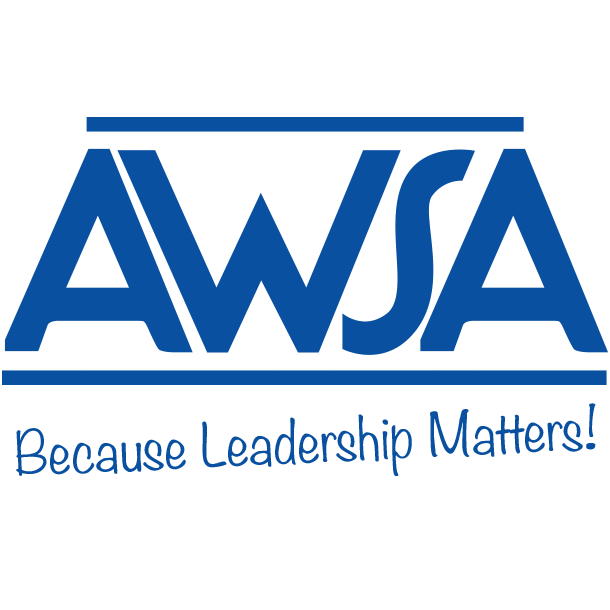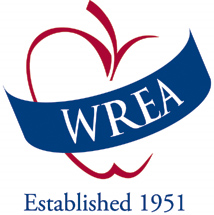What is the SAA
The School Administrators Alliance (SAA) is a statewide organization established to provide four associations of public school administrators with government relations services and a unified political voice. The SAA is an alliance of:
- Association of Wisconsin School Administrators (AWSA)
- Wisconsin Association of School Business Officials (WASBO)
- Wisconsin Association of School District Administrators (WASDA)
- Wisconsin Council of Administrators of Special Services (WCASS)
As the combined government relations arm of these four associations, the SAA represents the interests of Wisconsin school children and Wisconsin public schools before the State Legislature, the Office of the Governor and the state agencies. The SAA supports legislation that improves Wisconsin public schools and the quality of education for Wisconsin school children. The SAA actively participates with other groups in addressing issues of mutual concern.
The SAA was founded in 1991 when the Wisconsin Association of School District Administrators (WASDA) and the Association of Wisconsin School Administrators (AWSA) joined their advocacy efforts. With the addition of the Wisconsin Association of School Business Officials (WASBO) in 1992 and the Wisconsin Council of Administrators of Special Services (WCASS) in 1994, the SAA has grown to represent more than 3,000 members – virtually every licensed school administrator in the state of Wisconsin. This diverse membership provides a broad perspective and a deep understanding of educational issues.
Each of the four SAA member associations appoints six primary and as many as six alternate members to represent the association on the SAA Legislative Committee, the primary policy-making body for the SAA. It is up to each association to decide how those members are appointed and the length of time they may serve as representatives of their association. The SAA chair, who serves a two-year term as presiding officer, is recommended by the steering committee and confirmed by each association’s board of directors. The position of the chair rotates among the four associations. The executive directors of each association and the SAA director of government relations serve as ex officio members.
The Legislative Committee creates the SAA’s formal legislative policy positions and monitors SAA government relations efforts and political activities. Central to this mission is the creation of the SAA’s written biennial legislative agenda for ultimate approval by the association boards of directors.
The SAA Steering Committee consists of nine members composed of the executive director and one additional member from each association, appointed by that association. The director of government relations serves the steering committee in an advisory capacity.
The executive committee consists of the executive director of each association and the director of government relations. The executive committee manages the day-to-day operations of the SAA. The executive committee meets on a regular basis to allocate SAA resources, develop and execute political strategy and to determine how to best keep the membership informed of pressing political issues.
In addition to the legislative, steering and executive committees, the SAA also receives valuable input from project teams. SAA project teams are organized on an as-needed basis to provide additional depth and clarity to a specific area of the of the SAA agenda. Teams consist of SAA members appointed from the four associations. Project teams dissolve once the project is completed. However, one project team, the School Finance Team, now operates on a permanent basis to provide ongoing expertise on school finance issues.
The following hierarchy exists for establishing positions on legislative matters: 1) The entire SAA Legislative Committee at regular or special meetings and approved by each member association’s board of directors; 2) the steering committee and approved by each member association’s board of directors; and 3) the executive directors instructing the director of government relations with the approval of each member association’s board of directors. However, the executive directors and director of government relations have the authority to make decisions and take legislative positions independent of this hierarchy when necessary.
I hope you find this information useful in understanding the operation of the SAA. If you have any questions please contact SAA Director of Government Relations John Forester at (608) 242-1370 or john.forester@wsaa.org. Thanks for listening and, as always, thank you for your efforts on behalf of Wisconsin school children. For up-to-date reports on legislative activities, please visit the SAA’s website at www.wsaa.org.





